The Napoleon Coin is a term used in the field of Numismatics to indicate the French gold coin worth 20 Francs. The same type of coin was minted in several countries besides France. For example in Italy it is called “Marengo” and is worth 20 lire.
The coin was named after the Piedmontese battle that took place in Marengo against the Austrians on June 14, 1800, a battle won by Napoleon. For this reason, the history of Marengo is also part of the history of Italy, and not only.
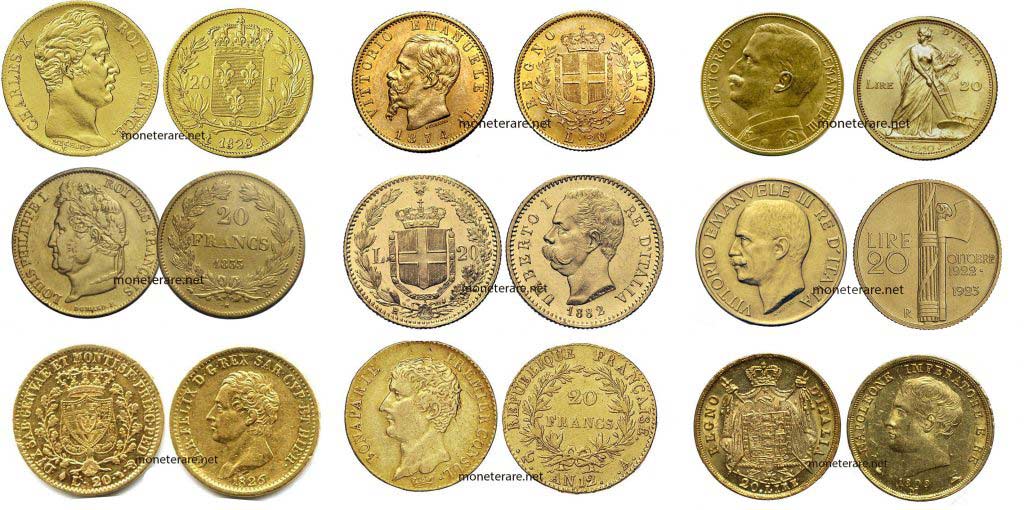
We often hear about the French Marengo (which is precisely the napoleon gold coin), the Italian Marengo (the marengo) and the Swiss Marengo.
Let’s see now some of these coins to understand their numismatic and historical value.
Brief History of the 20 Francs Gold Coin
The first 20 francs gold coin to be minted was the one minted in the mint of Turin. After it, all the coins with the same weight, diameter and material have all taken the italian name of “marenghi” or “napoleon”.
In Turin, occupied by the French, was formed the subalpine republic that produced a series of monetizations of considerable significance and historic importance.
In fact, the decimal system was adopted (which had been introduced in France in 1795) and was coined the first gold coin with decimal system ever created in Europe: the 20 francs.
This “Napoleon”, as we said also called “Napoleon coin” for obvious historical reasons and “Golden Marengo” in reference to the material with which it was minted, is a coin made of gold with a value corresponding to 20 francs.
The 20 francs coins did not cease to exist with the exile of Napoleon Bonaparte. The term, now familiar, went to indicate all the gold coins of 20 Francs produced on French soil throughout the nineteenth century.
With the establishment of the Latin Monetary Union, a sort of European Union ante litteram, the use of the term Marengo became so conspicuous as to involve the member states of the newborn coalition. Some of them were France, Spain, Belgium, Switzerland, Greece, Venezuela and Italy.
Characteristics of the Napoleon coin
- Diameter: 21,5 mm
- Weight: 6,45 g
- Material: gold 900
20 Francs Gold Coin: The French “Napoleon Coin”
France, intent on celebrating the victory of Bonaparte, was, as anticipated, the first to mint a coin of this type.
Later, it was the only one to mint a variety of marengo so wide as to produce different variations. This happens because of the rapid alternation of emperors and republican passages, which, from time to time, meant their own changing this or that detail of the historical coin.
The 20 gold francs from the first period are particularly sought-after today because of their historical rather than economic value. It is not for many people to be able to testify, through an object of property, the passage of Napoleon from consul to emperor. The same applies to the transition from the French revolutionary calendar to the Gregorian calendar, which began in 1806.
The Napoleon coins of this period depict the profile of Napoleon on the right along with the words of Napoleon consul or emperor.
20 Francs gold coin with Napoleon Console
The 20 franc gold coin representing Napoleon the Consul showed, on the obverse, the profile of the young man facing left surrounded by the phrase “Bonaparte Premier Consul” and the signature of the engraver “TIOLIER” under his neck.
On the reverse, instead, were engraved two branches of oak and olive knotted, at the center of which was the value of 20 Francs written on two lines. On the outside of the branches were the words “Republique Francaise”, Year 12, the A indicating Paris and the French symbol of the Rooster between two points.
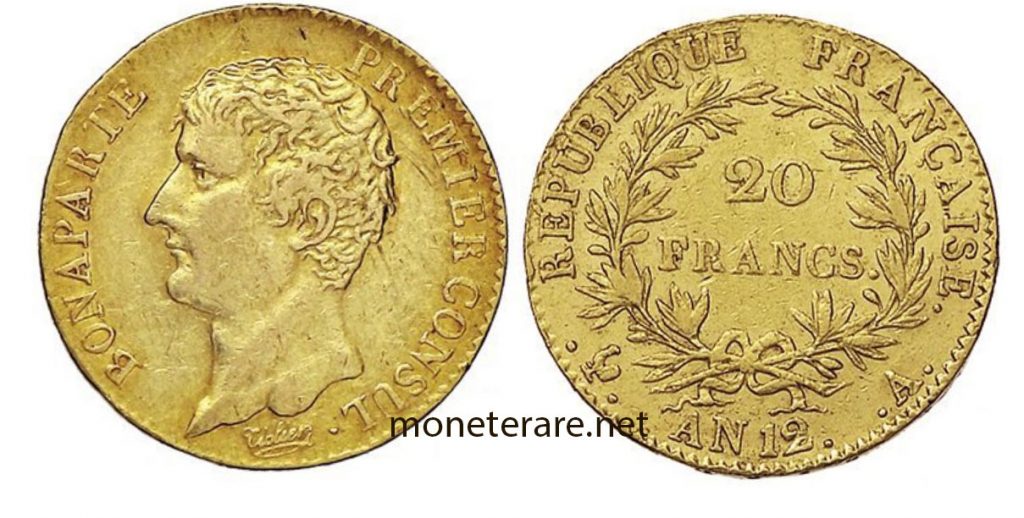
20 Francs gold coin with Napoleon Emperor
The coin representing Napoleon the Emperor, on the other hand, had the profile of Bonaparte on the obverse facing to the left and the engraving Napoleon Empereur on the outline, under the neck the signature of the author “TIOLIER”.
Regarding the verse on the outline bore the inscription “Republique Francaise”, the year AN 12. The mint A of Paris and also in this case the Rooster between two points and outside of the olive branches knotted at the bottom. At the center was clearly legible value of 20 FRANCS engraved on two lines.

Napoleon Coin with King Louis XVIII
Between 1814 and 1816 a new type of Napoleon coin was coined, it is the one that presents the portrait of a new ruler: Louis XVIII.
The 20 franc gold coin in question depicts on the obverse the profile of the king, surrounded by the words “Louis XVIII Roi de France.” and under the neck, the signature of the author “MICHAUT F”.
On the reverse, on the other hand, there is the coat of arms crowned with olive branches, between the engraving of the value “20 F” and accompanied by the year of production.
From 1816 to 1824, King Louis XVIII returned from exile in London and coined a new 20 francs gold coin, the third in order of production.
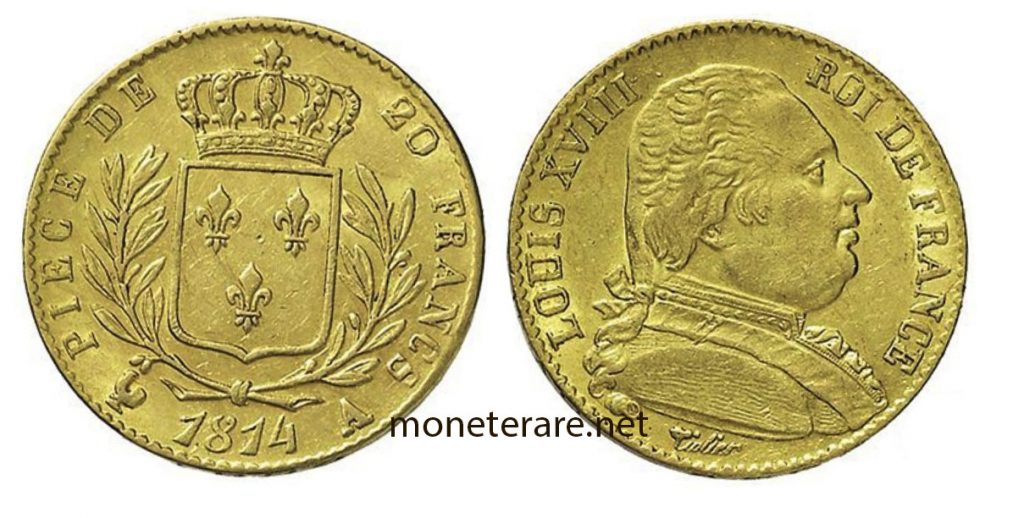
This coin was made in 8 different mints whose markings will be:
- A for Parid
- L for Bayonne
- Q for Perpignan
- W for Lille
- K for Bordeaux
- T for Nantes
- H for La Rochelle
- MA for Marseille.
Napoleon Coin with King Charles X
When Louis died in 1824, he inherited the throne from Charles X. The 20 franc gold coin produced in his favour had the profile of the new king facing right, the name on the left side and the title on the right side of the obverse.
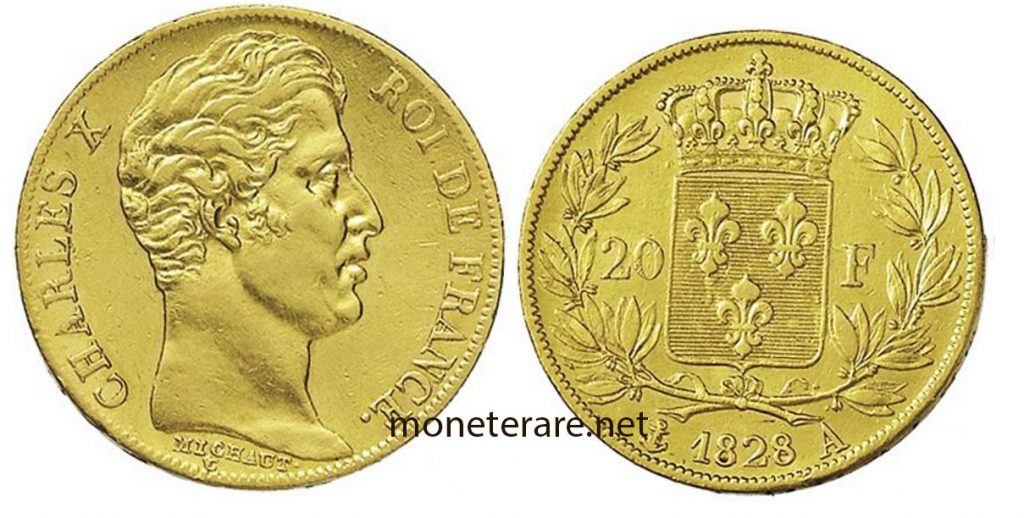
Under the face the signature of the engraver MICHAUT. On the reverse side, the coat of arms was crowned between olive branches and on the reverse the date between the design and the mint symbol. Charles X minted his 20 francs gold coin from 1824 to 1830 in four different mints: Paris, Lille, Nantes and Perpignan, for a total of 1,563,830 pieces.
Napoleon Coin with King Louis – Philippe
In July 1830, Charles X fled to England and France elected King Philip Louis I, Duke of Orleans.
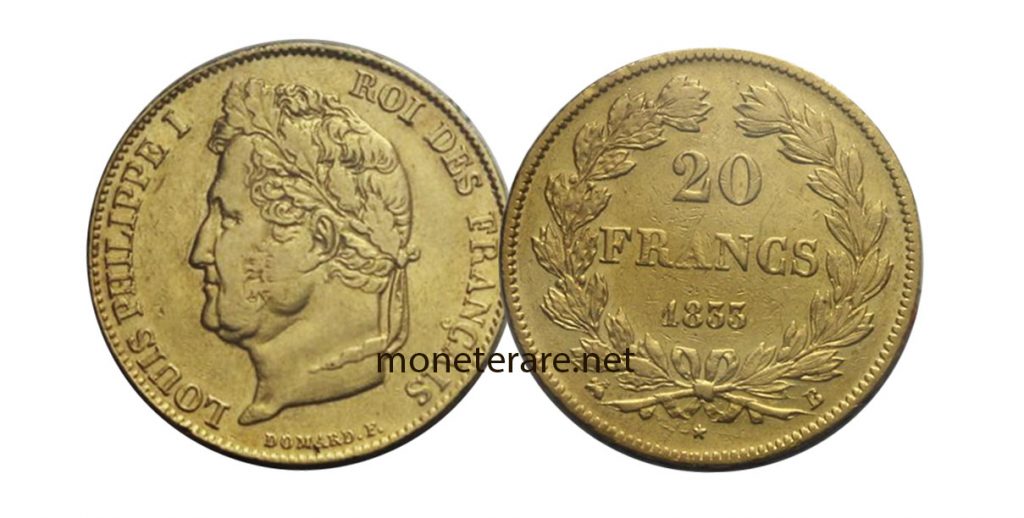
The country, besides being characterized by a strong and new capitalist and industrial vein, witnessed the spread of two new types of gold coins during the eighteen years of the reign of Louis-Philippe I.
The first type was minted between 1830/1831.
In 1830, 18,391 coins were minted with the mint of Paris, while very few were minted abroad. The latter can be recognized by the mint symbol above, namely H. In 1831, instead, the 20 francs gold coins were minted in 4 mints, namely Paris (A), Lille (W), Rouen (B), Nantes (T).
Those made in Paris have the profile of the King on the obverse, surrounded by the words “Louise Philppe I – Roi Des Francais” and under the portrait the signature of the engraver “Tiolier”.
On the reverse, on the other hand, is engraved a crown made from an olive branch and a laurel branch, with the indication of the value and year in the centre.
The second type of napoleon coin was minted between 1832 and 1848 in four mints already used in the first version (i.e. Paris, Lille, Rouen and Nantes) plus the Bayonne mint.
Also in this case on the obverse is represented the profile of the King, the inscription “Louise Philppe I – Roi Des Francais” and under the bust the signature “DOMARD F”.
On the reverse, on the other hand, there is the crown of an olive branch together with a laurel one and in the centre the inscription with the value and the year.
From 1848 we will witness the transition to the Second Republic.
Napoleon coin with Napoleon Emperor and King
It is a gold coin minted by the Mint of Milan between 1808 and 1814
On the obverse the profile of Napoleon surrounded by the words “NAPOLEONE IMPERATORE E RE” and the symbol of the Mint of Milan.
On the reverse side of the inscription “REGNO D’ITALIA” the central coat of arms under the royal crown, with the eagle vaulting to the left like the king, below the value of 20 Lire.
Value of Napoleon coin with Napoleon Emperor and King
A 20 Lira coin from 1813 R in FDC was auctioned on December 4, 2012 for the sum of 15.340€
Value of 20 Francs Coin
The value of the French Napoleon coin is calculated on the basis of its weight in gold, except for those rare coins that, in addition to the weight of gold, have a particularly high conservation status and a rarity above average.
That said, the value of 20 francs napoleon coin can range between 200/240€
Where can I find and buy napoleon coins?
Nowadays the safest and most convenient place to find these historical and rare coins are the portals of auctions like this one.
They guarantee the authenticity and non illegal origin of each coin. We recommend that you read the page where we explain exactly how to sell or buy rare coins online.
Or you can click here and register directly (it is free) in the largest numismatic auction site in europe.
If you have similar coins or some other piece you want to sell individually or in lots, you can rely on the partner we always use to buy or sell coins online: click here to open his site. (registration and item listing are free).
Italian 20 lire coin: Marengo of the Kingdom of Sardinia
Let’s look now at the differences between the marengo oro Carlo Felice and the marengo Carlo Alberto, both from the Kingdom of Sardinia.
20 Lire coin Marengo with Carlo Felice
This type of marengo was minted from 1821 to 1831 and many of these coins are considered rare.
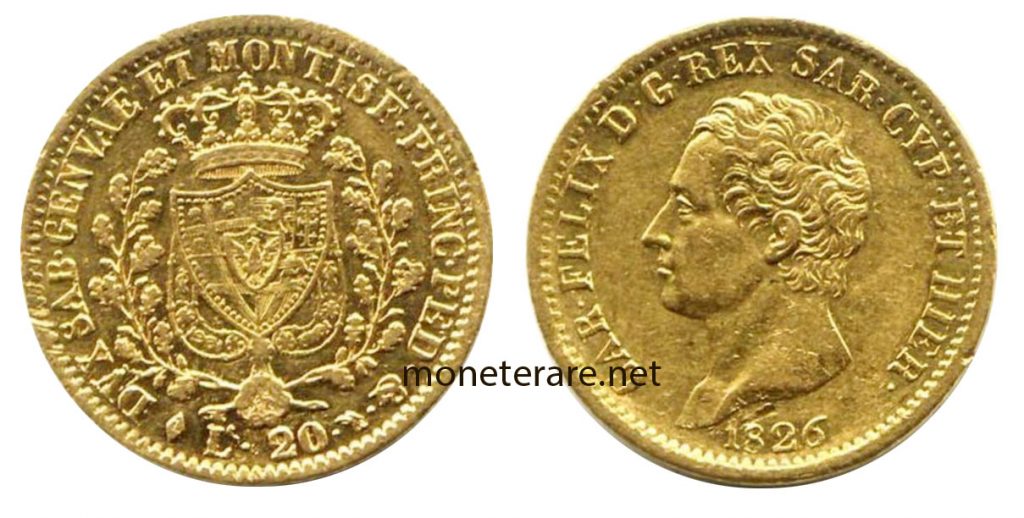
On the Straight there is the profile of the King facing left, the inscription “CAR FELIX D G REX SAR CYP ET HIER ” runs along the edge. Under the neck is the signature of the author “Amedeo Lavy” and the thousandth of a coinage.
In the reverse, the coat of arms of the House of Savoy with the branches of oak and the Royal Crown stands out, below the value of 20 Lira and the mint mark. On the border the words “DVX SAB GENVAE ET MONTISF PRINC PED & “.
- Weight: 6.45 g
- Diameter: 21 mm
- Mint: Genoa/Turin
- Material: gold 900
- Axles: French style
How much a 20 Lire coin Marengo with Carlo Felice is worth?
One of the 313 Marenghi Carlo Felice 1825 R5, with conservation status MB+ was sold at auction on 16 October 2007 for €16,675.
20 Lire coin Marengo with Carlo Alberto
From 1831 to 1841 the 20 lire coins dedicated to Carlo Alberto, King of Sardinia, were minted.
In fact, on the Straight side there is the profile of King Carlo Alberto who turns left and on the border the inscription “CAR – ALBERTVS D – G – REX SARD – CYP – ET HIER” and the signature of the author “Ferraris” under the King’s neck.
Also in this case they are often rare coins, but not like those of 1842 R4.
On the reverse side, the Savoy cross between the laurel branches and the Royal Crown, along the edge, the words “DVX SAB – GENVAE ET MONTISF – PRINC – PED – &”. Below the value in Lire and the mint symbol.
- Weight: 6.45 g
- Diameter: 21 mm
- Mint: Genoa/Turin
- Material: gold 900
- Axles: French style
- Edge: Rowed
How much a 20 Lire coin Marengo with Carlo Alberto is worth?
Just to mention an auction, on April 8th 2010 an example of Marengo Carlo Alberto’s R2 in FDC of 1838 was sold for 3.105€
The italian golden 20 lire coin: The Marengo
Between 1861 and 1923 also the Kingdom of Italy issued gold coins marengo. They were the famous 20 lire gold, all similar in weight (equal to 6.451 grams), metal used (gold 900), diameter (21 mm) and French-style axes.
Marengo Coin of Vittorio Emanuele II
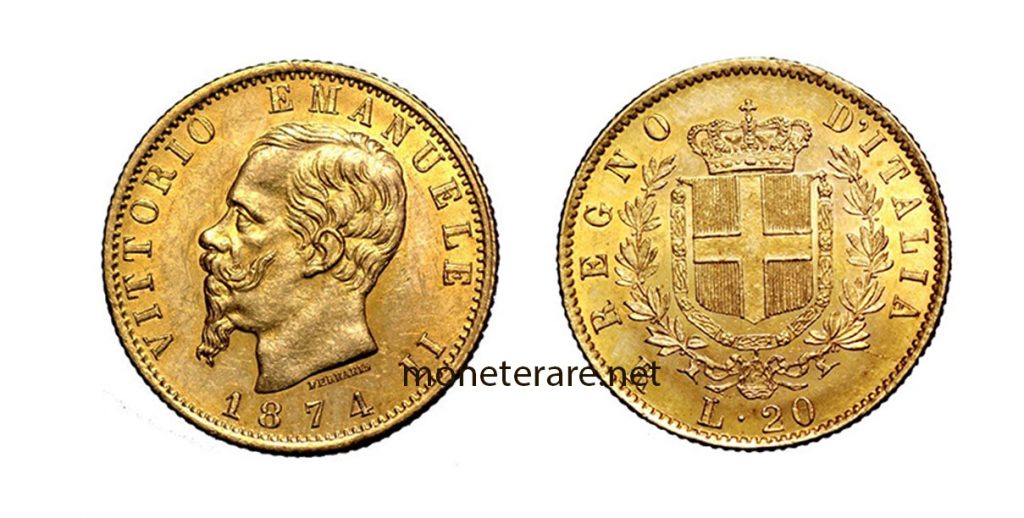
The first 20 lire gold marenghi to be diffused were those wanted by Vittorio Emanuele II. The bust of the king on the obverse is on the left, around which is the inscription “Vittorio Emanuele II”. Under the bust is the name of the engraver “FERRARIS”. On the verso of the Savoy coat of arms surrounded by the collar of the Annunziata set between laurel branches, all around the words “Regno d’Italia” and below the value and in mint sign.
20 lire coin: the Marengo with Umberto I
From 1879, with the election of King Umberto I, son of Vittorio Emanuele II, other 20 lire gold coins were produced and dedicated to the new sovereign.
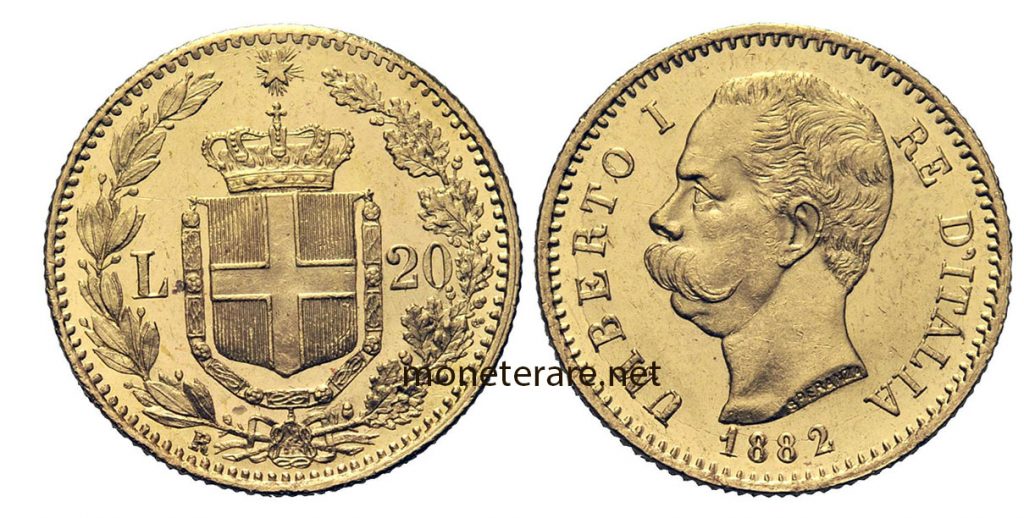
The first Marengo dedicated to Umberto I on the Straight presented the profile of the new King, on the outline the inscription “Umberto I Re D’Italia”, under the neck the engraver’s signature “Speranza” and below the date of distribution.
On the reverse, however, you can see the Savoy coat of arms surrounded by the collar of the Annunciation between an oak branch and a laurel branch, the engraving of the value, the mint sign and above the center of the Star of Italy.
The 20 lire Marengo coin with Vittorio Emanuele III “Eagle”
The 20 lire coin dedicated to Umberto I was followed by the Marengo dedicated to Vittorio Emanuele III.
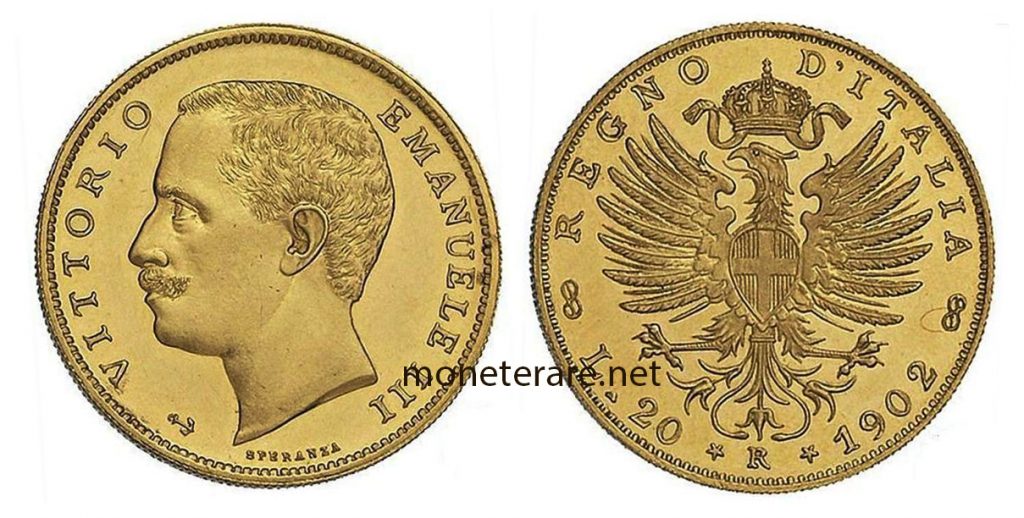
It was 1902 and the coin depicted the face of the new King, the engraving, all around the name and under the neck the signature of Hope.
On the reverse, this time, there is the heraldic eagle with the coat of arms of the House of Savoy, around the inscription “Regno d’Italia” and separated by two knots Savoy, the mint mark, two five-pointed stars and the date.
The 20 lire Marengo Coin “Aratrice”
Following the Royal Decree 258 of 5 May 1910, a new version of the coin with the profile of the King in uniform was distributed. Inside a small rectangle in the left bottom part, you can see a Savoy knot.
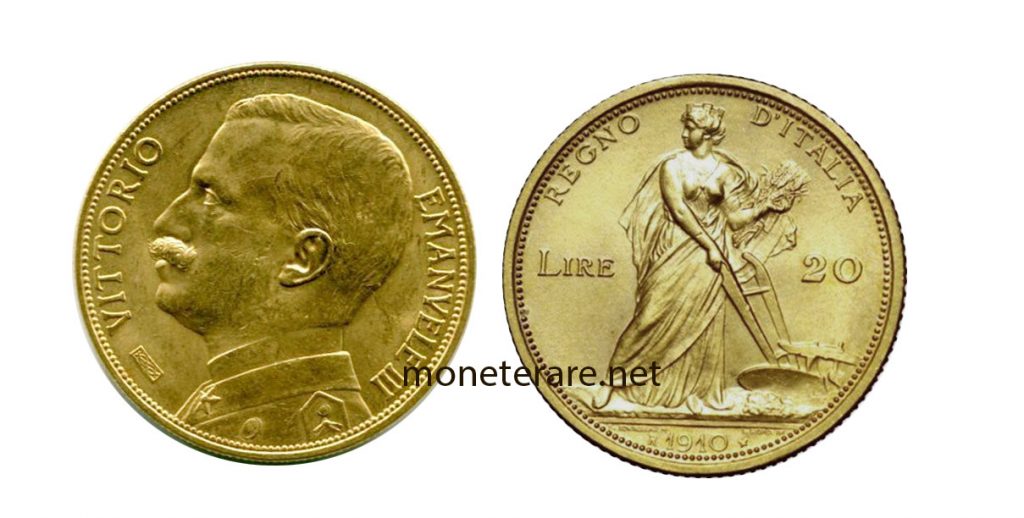
The Reverse, on the other hand, is completely different from the previous one and represents a ploughwoman indicating Italy, this one with her right hand holds the plough and with her left she holds a bundle of ears of corn. At the top there is the inscription “Regno D’Italia”, while the value is indicated on both sides: on the left of the figure is engraved the word “Lire” and on the obverse the number “20”. In esergo the names of the authors “Luigi Giorgi” and “Egidio Boninsegna”.
The 20 lire Marengo Coin “Fascio”
Then there is a third version of the Marengo dedicated to Vittorio Emanuele III, which is on the obverse the same as the previous one if it were not for the signature of the engraver “MOTTI”.
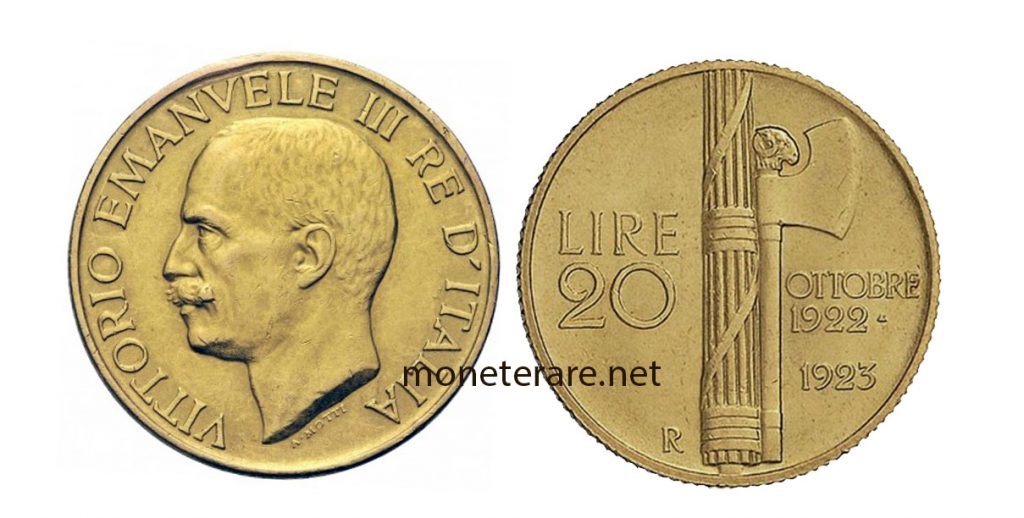
On the reverse side there is a bundle of wooden sticks with the axe facing right adorned with a ram’s head, on the left on two lines is engraved the value and on the right the legend (on two lines) OCTOBER 1922 – 1923. On the left the mint sign.
This is a commemorative coin made by “Attilio Silvio Motti” and minted on the occasion of the first anniversary of the march on Rome with the 100 lire Fascio.
This 20 lire Marengo coin never circulated because of high inflation.
Value 20 Lire Gold Coin (Marengo) Italian
As for the French napoleon coin, to calculate the value of the Italian Marengo it is mandatory to refer to the variability of the price of gold. With the exception of the historically rare and valuable coins, such as some with Vittorio Emanuele II, especially the one from 1873, or with Umberto I in red gold, one of the rarest, for example, is from 1882.
Basically, the value of the Italian Marengo Coins ranges between 200/240 €
Looking for other interesting gold coins? Look here:
You did not find what you were looking for? Check these topics:
- If you are looking for Euro Rare Coins then click here.
- If you are a numismatist and you want info on 2 Euro Commemorative Coins click here.
- The Rarest Lira Coin and their great value has been dealt with here.
- Pieces and their value of Italian 20 Lire Coin are described here.
- If you want info about Roman and Greek Coins and other Ancient Coins and their value, you can find it here
- We talked about how to clean the rare coins, here
- You will find everything about British Gold Sovereign Coins here.

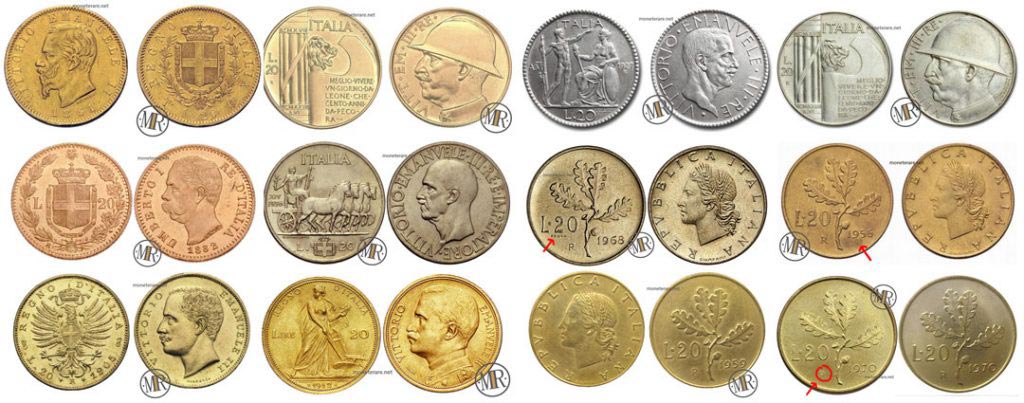
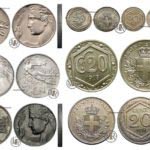
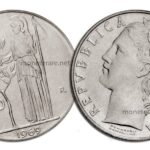
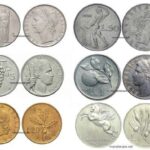
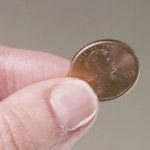

Thanks for the information. I’m intrested in the Napoleonic era of France and was inttested to see if i could purchase and for what price it (20 Franc/Napoleon) would be.
This my first enquiry into coin buying and selling and will be grateful dor any advice on what to look for and where to buy historic coinage.